Adventures of Frog and Toad: Tailless amphibians at home in the Highland Lakes

A Gulf Coast toad digs a hole in a potted plant on a Marble Falls patio. Staff photo by Wendi Wilkerson
Frog is a word widely used to refer to any squatty-bodied amphibian with a large mouth, big eyes, and no neck that hops. In every case, this term is correct. If it looks like a frog and hops like a frog, it’s a frog, yes? Yes—but it could also be a toad.
All toads are frogs, but not all frogs are toads. Texas has around 42 different types of anurans (frogs), 10 of which are toads.
The main difference between frogs and toads is only skin-deep.
Frogs need more moisture than toads because they are thin-skinned, which is why they typically live near water. Their skin is brightly colored, smoother, and more permeable than a toad’s covering, with a layer of slimy mucus that helps keep them moist. The frog’s thin skin also allows it to take in oxygen and acts as a deterrent to predators by releasing mild, foul-tasting toxins.
Frogs prefer water of varying depths and are just as happy submerged in the deep as they are sitting in the shallows. Unlike a toad, a frog can remain underwater for long periods of time thanks to its permeable skin, which absorbs oxygen from the water.
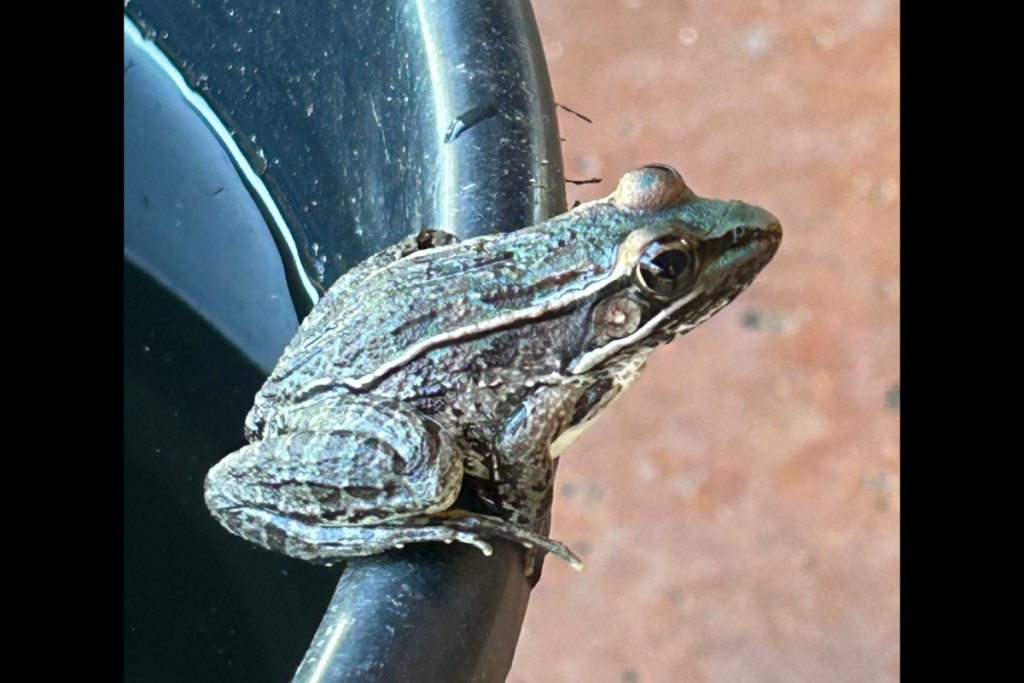
A toad’s skin is dull-colored, thick, and dry with warty bumps (parotoid glands). The bumps secrete highly toxic bufotoxin to deter predators. The thick skin on top of a toad helps it retain moisture, while the thinner skin on the belly absorbs water and oxygen. Toads need moisture, but they prefer an occasional puddle to ponds. They live on the land and can be found in many types of environments, like grasslands, forests, and gardens.
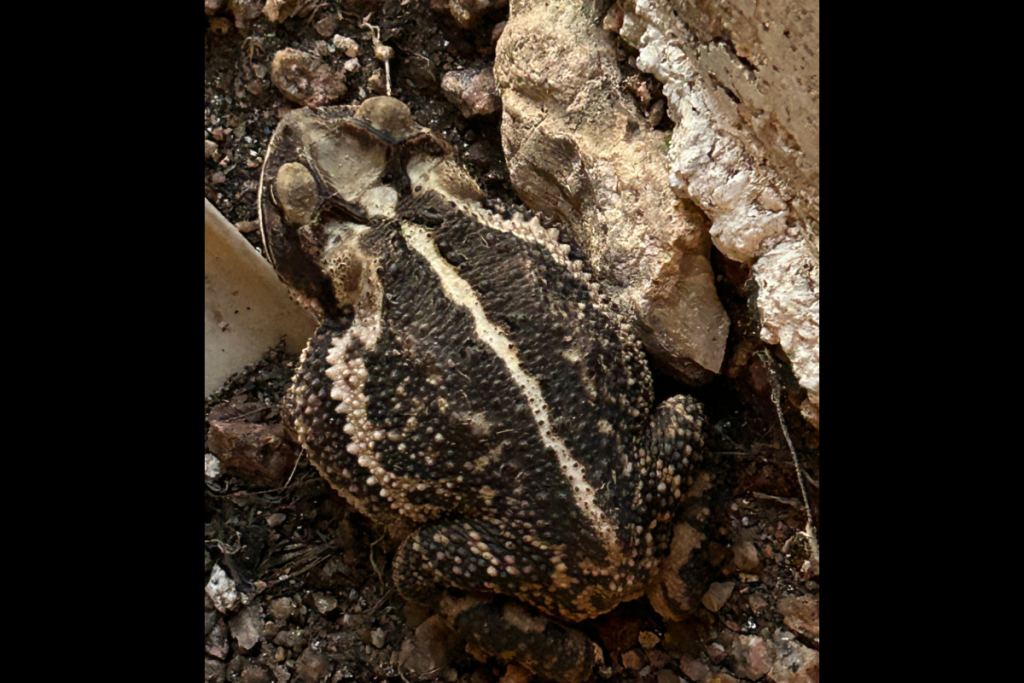
Frogs have excellent vision with two big eyes, each providing 180-plus-degree fields of vision—the bulgier the eyes, the wider the field of vision. Frogs also have great hearing. Their eardrums (tympana) are the circular areas behind their eyes. Frogs have two arms with four fingers each and two legs with five toes each. They do not drink water with their mouths. Instead, they absorb water through a special area on their underside called a seat patch, or drinking patch.
A toad’s body is stouter and more blob-shaped than a frog’s. Toads have shorter, stubbier legs and are not strong jumpers. They lack toe webbing and aren’t good swimmers either, but they are excellent diggers. A toad is most happy at home in your garden or on a patio, where they will burrow under soil in a potted plant, hide under rocks, or spend the day tucked in a moist drainage pipe.
Each evening, both frogs and toads set out in search of dinner, which includes almost anything that fits in their large mouths. Favorites are insects, worms, spiders, lizards, small fish, snakes, other frogs, and even stray bits of dog food.
A frog captures prey with its long, super-fast, very soft, and incredibly sticky tongue. They will pounce on prey while whipping out their tongue. Toads, being a little less agile, lie in wait for their next meal. Both swallow their food whole. Unlike toads, frogs have very tiny teeth used to grip prey. All frogs are opportune feeders and will eat as much as they can.
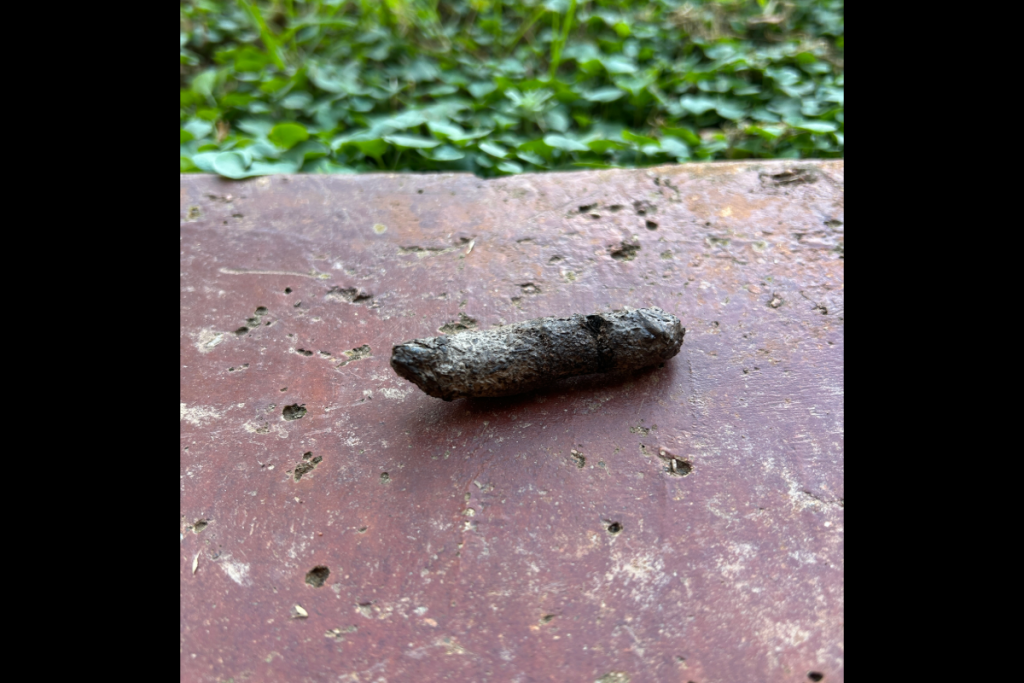
What goes in must come out. Yeah, we’re going there. Would you know frog feces or a toad turd if you saw it? The excrement is surprisingly large, up to one-fourth the size of their bodies, usually oblong, and brown to black in color. On a diet primarily of insects, a dried toad turd has the consistency of a cheese puff: light, airy, and crumbly. If you spot long mystery mounds on your porch, particularly near lights and windows where insects gather at night, you likely have a resident toad or frog.
All frogs make sounds by taking a big breath and bouncing the air between their expanding vocal sacs under their mouths and lungs, which causes the vocal cords to vibrate. The sounds, which differ by type of frog, can be heard year-round in the Highland Lakes. Males do most of the singing and really get going when it’s time to breed.
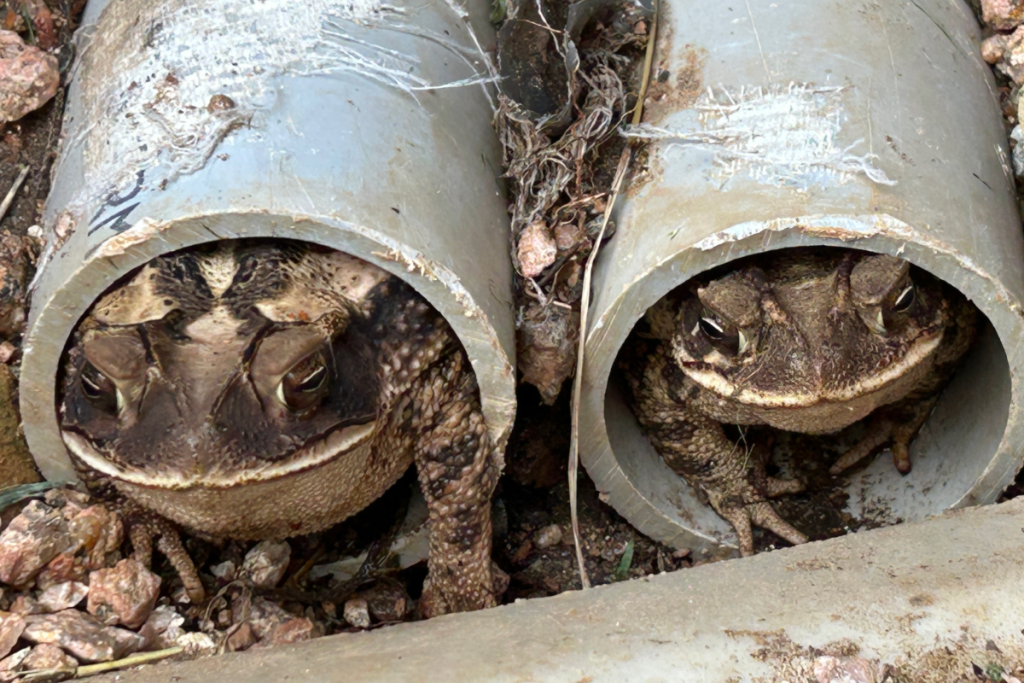
Males and females hop back to the water source from whence they came when it’s time to breed. About three times a year, females release up to 20,000 eggs. Timing is determined by temperature and the amount of rainfall that year.
The fellows hang around shallow water singing in hopes of attracting a mate. Each species has its own tune. When a match is made, the gent “hugs” his partner and fertilizes the eggs as they are released into the water.
Frog eggs are laid in clusters; toad eggs in chains. Once eggs are fertilized, they are on their own. If not eaten by fish, turtles, other frogs, or any other hungry animal, they will become tadpoles, the larval stage for amphibians, in just days or weeks, depending on the species.
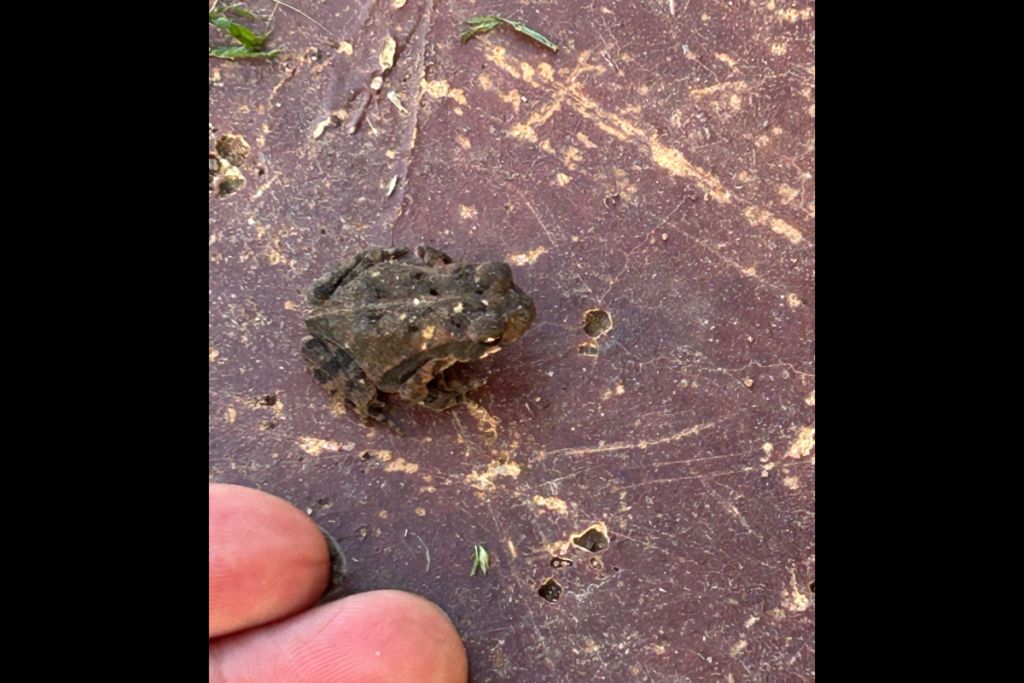
Tadpoles develop into froglets/toadlets and eventually into new frogs/toads. Frogs and toads shed (and eat) their skin every few weeks when young and about four times a year as adults.

All frogs are an eco-indicator species. If you see them around, things are good—they eat pests and are necessary and beneficial to the environment. However, according to the U.S. Geological Survey, amphibians are seeing a slight decline each year they are studied. Contributing factors include habitat loss, the use of toxic chemicals, fungal infections, and pollution.
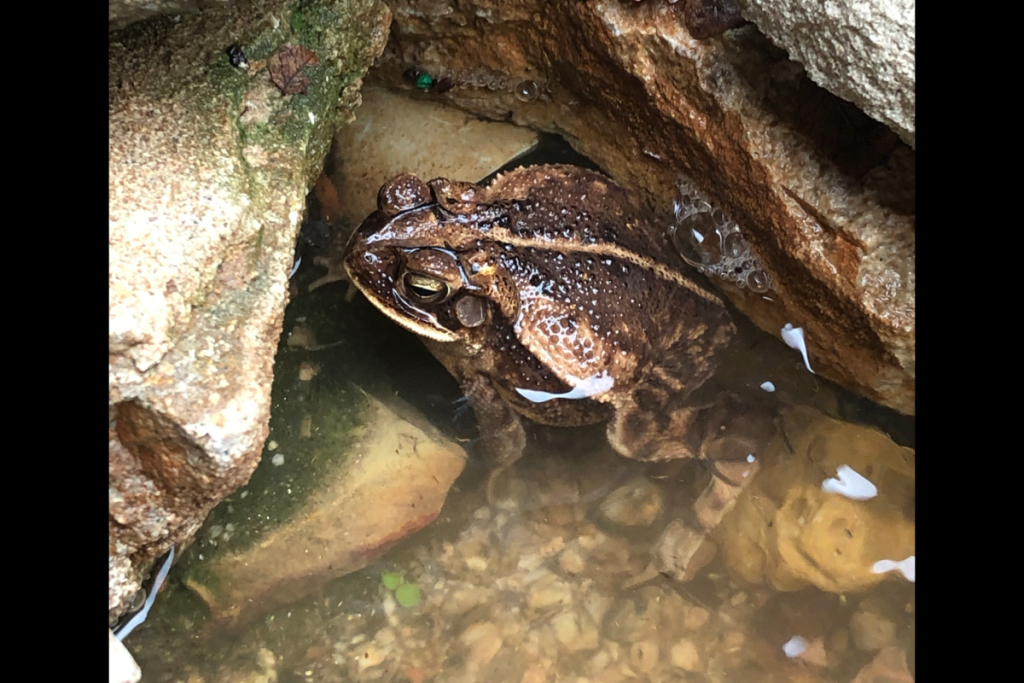
You can help boost their numbers by creating a frog-friendly habitat in your garden or yard or even on your patio. Here’s how.
- Provide a safe space by notching out an area in the rim of a flower pot large enough for a frog/toad to get through. Place the pot upside down in a moist area. Shelter can also be created by stacking rocks or logs and leaving space for hiding.
- Put out a shallow saucer of water and plant native plants, ground cover, and low-growing shrubs to maintain moisture and provide shade.
- Don’t use pesticides, herbicides, or other chemicals outside.
Fun Frog and Toad Facts
- In the wild, frogs/toads typically live around 3-5 years.
- Blinking their eyes helps them swallow prey.
- Their tongues shoot out of their mouths at around 9 mph.
- Their saliva is thicker than honey.
- The largest frog in the world is the Goliath frog, growing up to 12.5 inches long and weighing over 7 pounds.
- Kissing a frog will not get you a prince.
- Picking up a frog or toad will not give you warts, but you might contract salmonella.



